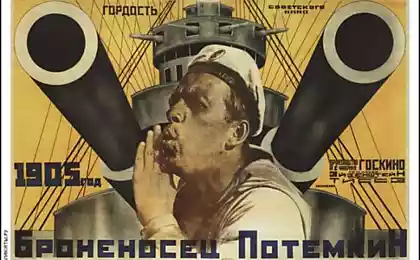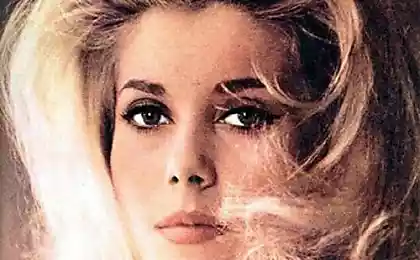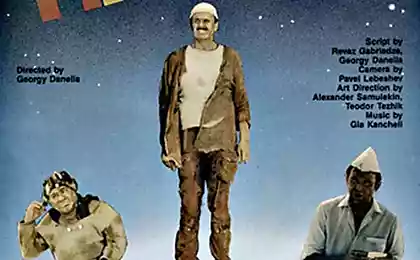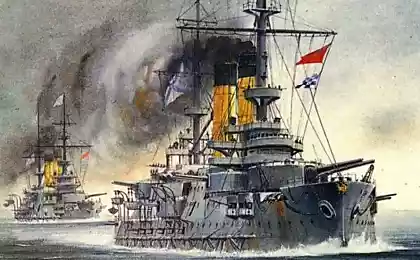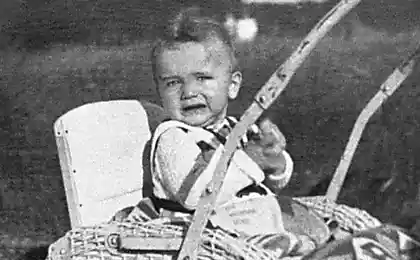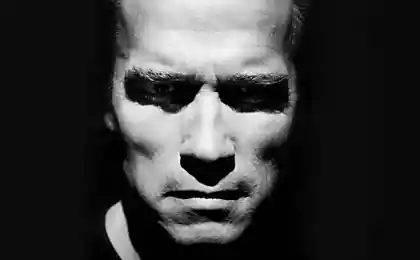1243
Film legend "Battleship Potemkin"
January 18, 1926 on the screens of the country came a feature film by Sergei Eisenstein "The Battleship" Potemkin ", who later had an enormous impact on the entire world cinema.
I present to you interesting facts about the history of one of the first Soviet film masterpieces.
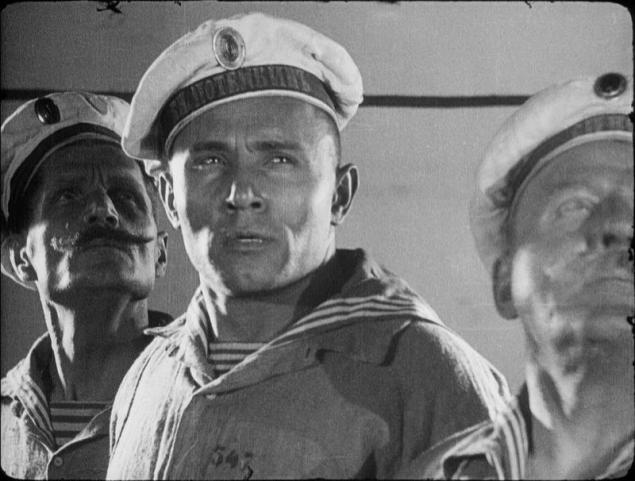
1. "Battleship Potemkin" - black and white silent feature film, shot on the "Mosfilm" in 1925. The scenario on which the movie was based on real events that occurred in June 1905 when the battleship "Prince Potemkin Tauride" team revolted and seized the ship.
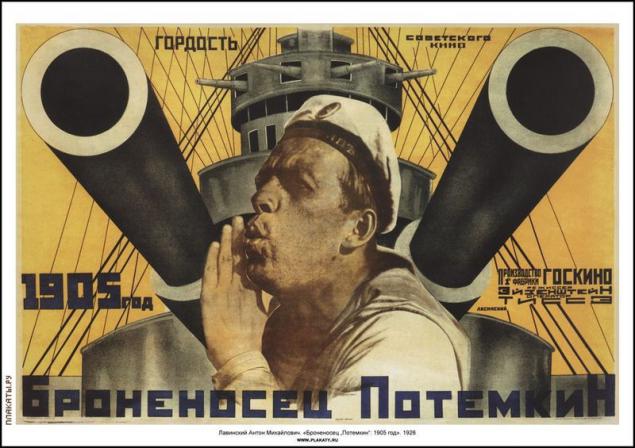
2. The triumphal procession of "Battleship Potemkin" began with the cinema "Art" on the Arbat, which was then called "Electro-State." The first spectators who came to 18 January 1926 for the premiere were amazed not only film but also a premiere setting. The entire staff, from the usher to the projectionist, was dressed in naval uniform, and the facade of the cinema resembles a large model of a warship (pictured).
"Of all the arts, the most important thing for us is cinema" - very aptly Lenin as a once in a while.
Before the show a bugler played the national anthem of the uprising. Only during the first week of the film looked more than 300 thousand Soviet viewers. The audience almost in unison read the writing on the screen.
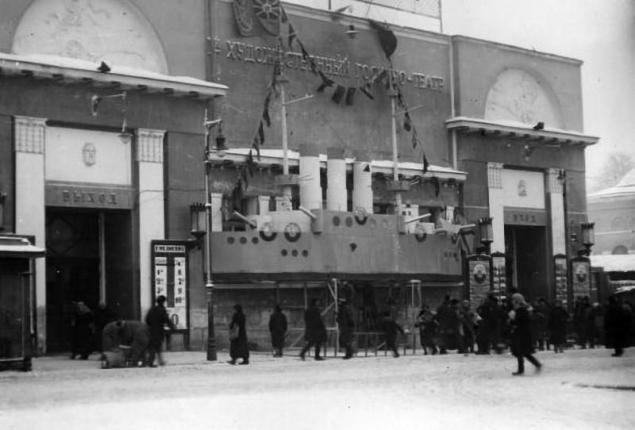
3. Setting the Government Commission on the preparations for the 20th anniversary of the first Russian revolution (1905) was as follows: the film must be prepared to be shown in December 1925 at the ceremonial meeting in the Bolshoi Theater. Terms were not possible a short (shooting began in June), and then there's the weather intervened in the filming process: from predosennego gloomy Leningrad had to quickly move to solar Odessa, of the many event-plot scenarios to choose only one episode - the uprising on the battleship "Potemkin".
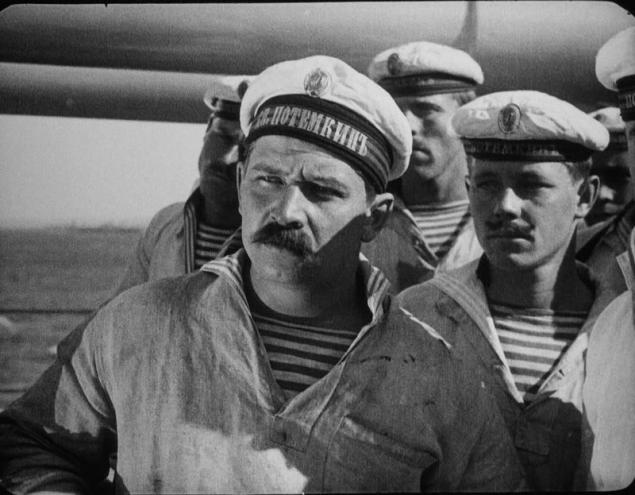
4. In the future, the film was subjected to censorship: some frames have been removed and intermediate titles, words of Leon Trotsky in the prologue were replaced by a quote from Vladimir Lenin. In 2005, under the leadership of the Foundation Deutsche Kinemathek, State Film Fund and the Russian State Archive of Literature and Art, the author's version of the film has been restored.
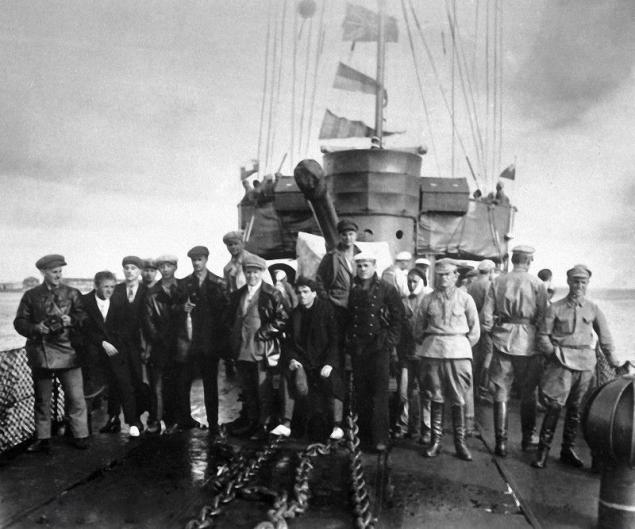
5. For the first time the film was made public in 1930, then restored and redubbed in 1950 (composer Nikolai Kryukov) and finally, in 1965 the music for the film was written by Dmitri Shostakovich.
And in 2004 there was another sound arrangement. The authors of the music was English pop duo "Pet Shop Boys".
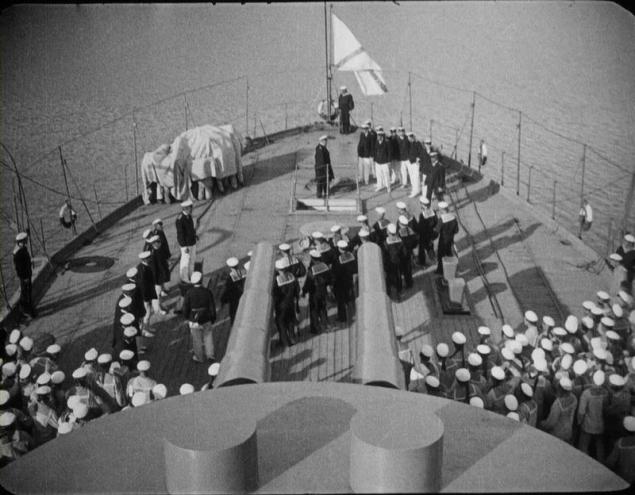
6. The picture has been praised Third Reich Propaganda Minister Joseph Goebbels. At a meeting with the filmmakers March 28, 1933 he said: "This is a wonderful film. With a cinematic point of view, it is incomparable. One who is not firm in his beliefs, after seeing it, perhaps could become a Bolshevik. This once again proves that a masterpiece can be successfully incorporated a certain tendency. Even the bad ideas can be promoted by means of art ».
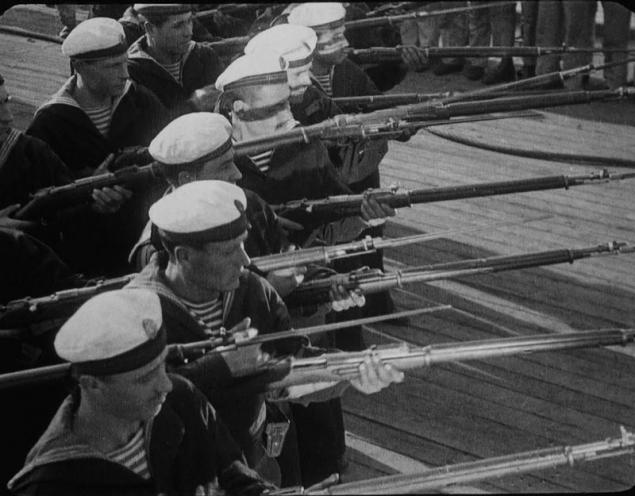
7. Due to the vicissitudes of the real uprising on the battleship and Odessa Eisenstein selects the main events, thickening of the method of "montage of attractions", developed in the previous film director - "Strike." It is about creating a series of shock, the most impressive moments of screen spectacle, causing severe emotional reaction spectator and guide his thinking in the right direction of the director. They are shown in the context of creating the complex meanings of the film.
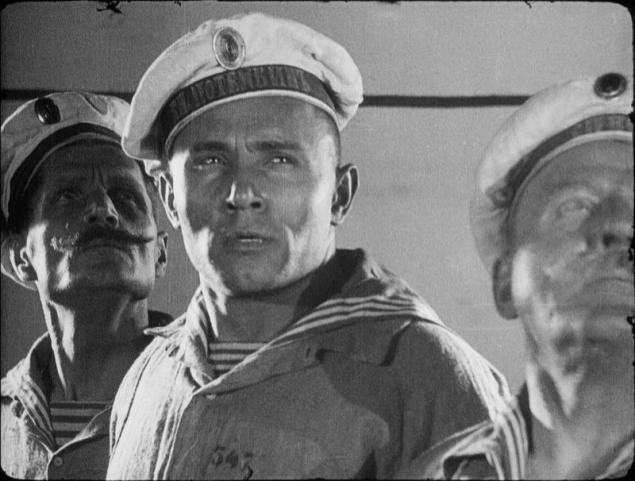
8. "Battleship Potemkin" is also considered the first Russian film color: Eisenstein personally brush on film painted flag that rose over the ship insurgent sailors, red.
But this, unfortunately, was the only color frame in the movie.

9. Who has not seen the famous frame with roll down the stairs pram from the cult film by Sergei Eisenstein "The Battleship Potemkin". The film has frequently been the subject of citing. The scene being shot on the stairs, in particular rolling frame with sidecar was reflected in dozens of other films. After that the main Odessa staircase became world famous and was named Potemkin (here's proof of the power of cinema).
In the words of Eisenstein, the idea is to remove the famous Odessa stairway came to him when he was sitting on this very staircase, eating cherries and pits jumped the stairs. By the way, at the time of filming director it was only 27 years old.

10. In 1926, the American Film Academy has recognized the best film. That same year, The Battleship Potemkin won a prize at the World Exhibition in Paris. In 1958, the results of an international survey of film critics in Brussels, he was among the 12 best films of all time. In 1978, he became the first among the hundred best films as voted Film of the world. In the list of the most significant paintings of world cinema, which is published in the magazine Sight & Sound every ten years since 1952, the work of Sergei Eisenstein is always present. Also, the film is placed on the third line in the list of "100 best films of world cinema," according to the magazine Empire, drawn up in 2010.
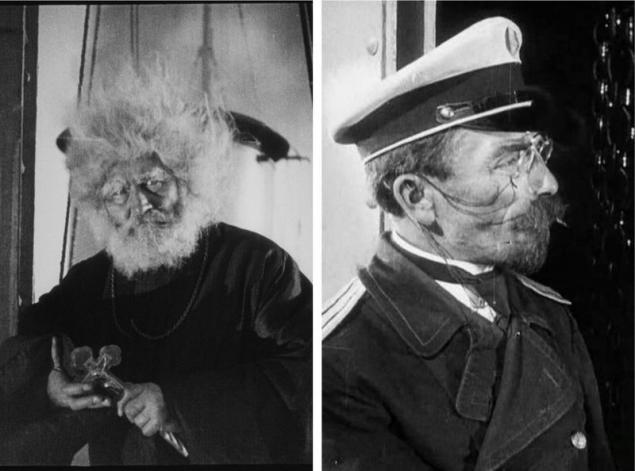
Source: bigpicture.ru
I present to you interesting facts about the history of one of the first Soviet film masterpieces.

1. "Battleship Potemkin" - black and white silent feature film, shot on the "Mosfilm" in 1925. The scenario on which the movie was based on real events that occurred in June 1905 when the battleship "Prince Potemkin Tauride" team revolted and seized the ship.

2. The triumphal procession of "Battleship Potemkin" began with the cinema "Art" on the Arbat, which was then called "Electro-State." The first spectators who came to 18 January 1926 for the premiere were amazed not only film but also a premiere setting. The entire staff, from the usher to the projectionist, was dressed in naval uniform, and the facade of the cinema resembles a large model of a warship (pictured).
"Of all the arts, the most important thing for us is cinema" - very aptly Lenin as a once in a while.
Before the show a bugler played the national anthem of the uprising. Only during the first week of the film looked more than 300 thousand Soviet viewers. The audience almost in unison read the writing on the screen.

3. Setting the Government Commission on the preparations for the 20th anniversary of the first Russian revolution (1905) was as follows: the film must be prepared to be shown in December 1925 at the ceremonial meeting in the Bolshoi Theater. Terms were not possible a short (shooting began in June), and then there's the weather intervened in the filming process: from predosennego gloomy Leningrad had to quickly move to solar Odessa, of the many event-plot scenarios to choose only one episode - the uprising on the battleship "Potemkin".

4. In the future, the film was subjected to censorship: some frames have been removed and intermediate titles, words of Leon Trotsky in the prologue were replaced by a quote from Vladimir Lenin. In 2005, under the leadership of the Foundation Deutsche Kinemathek, State Film Fund and the Russian State Archive of Literature and Art, the author's version of the film has been restored.

5. For the first time the film was made public in 1930, then restored and redubbed in 1950 (composer Nikolai Kryukov) and finally, in 1965 the music for the film was written by Dmitri Shostakovich.
And in 2004 there was another sound arrangement. The authors of the music was English pop duo "Pet Shop Boys".

6. The picture has been praised Third Reich Propaganda Minister Joseph Goebbels. At a meeting with the filmmakers March 28, 1933 he said: "This is a wonderful film. With a cinematic point of view, it is incomparable. One who is not firm in his beliefs, after seeing it, perhaps could become a Bolshevik. This once again proves that a masterpiece can be successfully incorporated a certain tendency. Even the bad ideas can be promoted by means of art ».

7. Due to the vicissitudes of the real uprising on the battleship and Odessa Eisenstein selects the main events, thickening of the method of "montage of attractions", developed in the previous film director - "Strike." It is about creating a series of shock, the most impressive moments of screen spectacle, causing severe emotional reaction spectator and guide his thinking in the right direction of the director. They are shown in the context of creating the complex meanings of the film.

8. "Battleship Potemkin" is also considered the first Russian film color: Eisenstein personally brush on film painted flag that rose over the ship insurgent sailors, red.
But this, unfortunately, was the only color frame in the movie.

9. Who has not seen the famous frame with roll down the stairs pram from the cult film by Sergei Eisenstein "The Battleship Potemkin". The film has frequently been the subject of citing. The scene being shot on the stairs, in particular rolling frame with sidecar was reflected in dozens of other films. After that the main Odessa staircase became world famous and was named Potemkin (here's proof of the power of cinema).
In the words of Eisenstein, the idea is to remove the famous Odessa stairway came to him when he was sitting on this very staircase, eating cherries and pits jumped the stairs. By the way, at the time of filming director it was only 27 years old.

10. In 1926, the American Film Academy has recognized the best film. That same year, The Battleship Potemkin won a prize at the World Exhibition in Paris. In 1958, the results of an international survey of film critics in Brussels, he was among the 12 best films of all time. In 1978, he became the first among the hundred best films as voted Film of the world. In the list of the most significant paintings of world cinema, which is published in the magazine Sight & Sound every ten years since 1952, the work of Sergei Eisenstein is always present. Also, the film is placed on the third line in the list of "100 best films of world cinema," according to the magazine Empire, drawn up in 2010.

Source: bigpicture.ru


